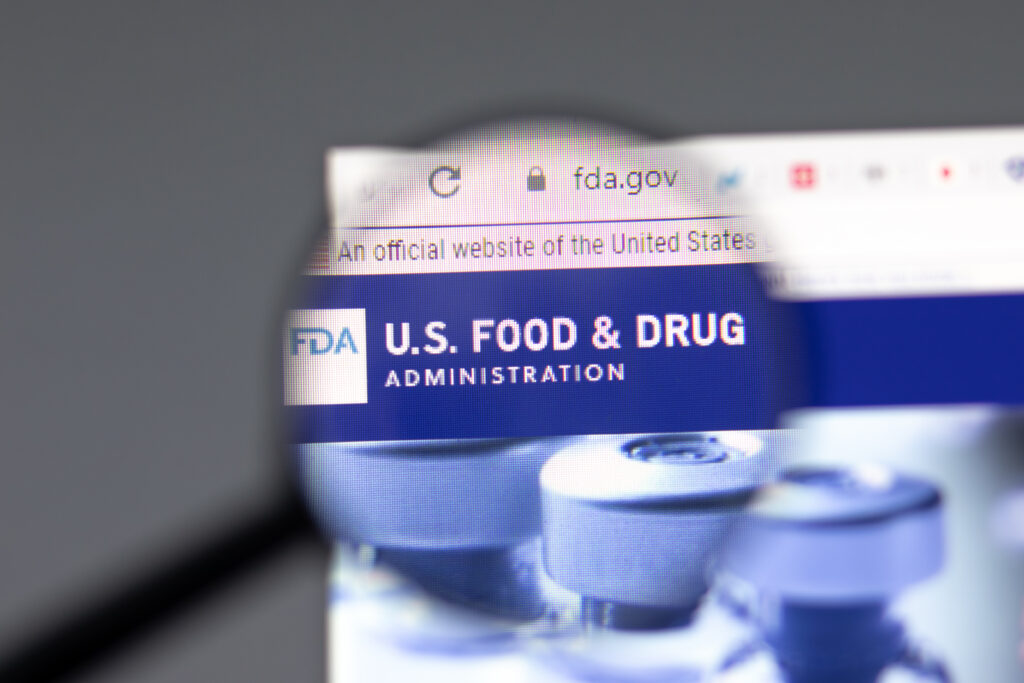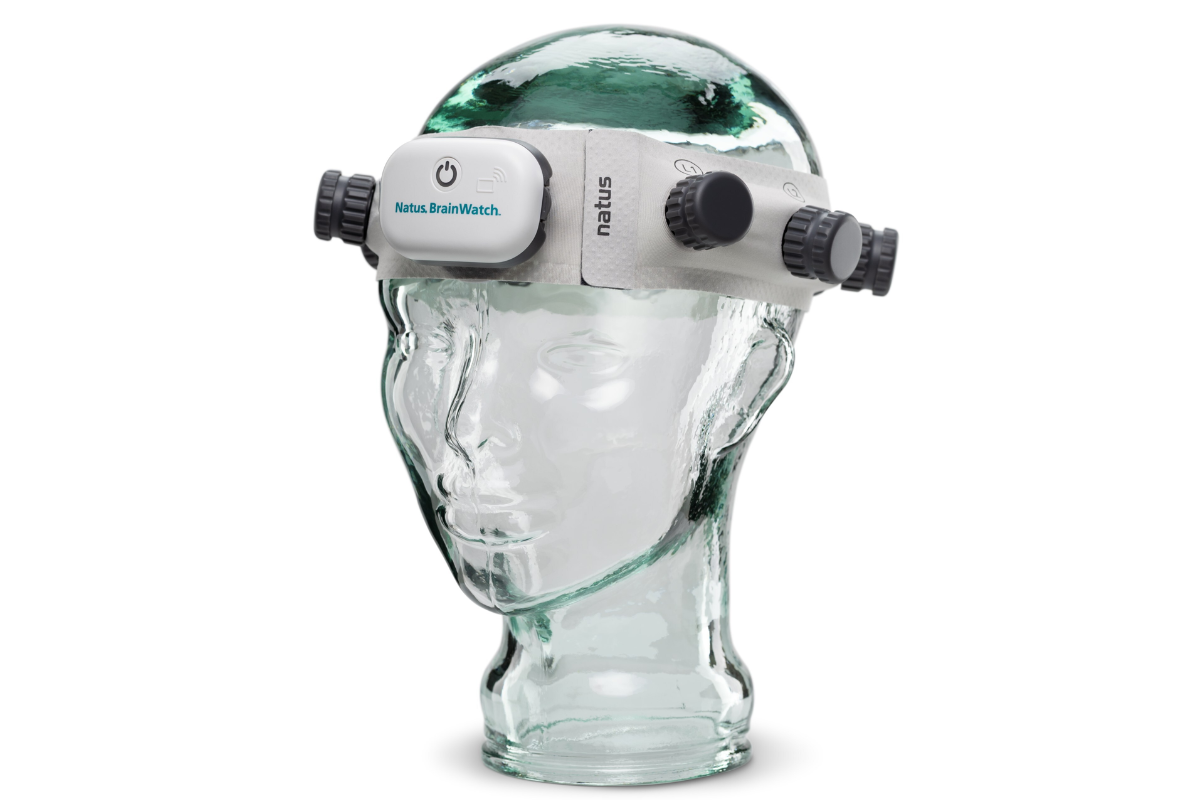FDA Commissioner Marty Makary and Director of the Center for Biologics Evaluation and Research (CBER) Vinay Prasad have unveiled the “Plausible Mechanism Pathway (PMP)” initiative, designed to accelerate the development and approval of highly individualized therapies such as one-off gene-editing interventions for rare and ultra rare diseases.
The initiative was published in the New England Journal of Medicine (NEJM).
The pathway will open the door to marketing approvals for personalized therapies supported by a plausible biological mechanism, which means that only diseases with a clearly defined biological cause will qualify for the pathway.
In the article, Prasad and Makary wrote that the agency will grant approvals where “pharmacologic effect is aligned with biologic plausibility and congruent with observed clinical outcomes.”
According to the officials, the FDA will use the pathway to prioritize rare diseases, particularly those that are fatal or cause severe childhood disabilities, but it will also be open to certain common conditions with no available treatments or with significant unmet need.
Accelerated or traditional approval may be granted once a drugmaker demonstrates that several consecutive patients receiving a so-called “bespoke” therapy have benefited from treatment.
“The FDA will work as a partner and guide in ushering these therapies to market, and our regulatory strategies will evolve to match the pace of scientific advances,” Prasad and Makary said in the article, which is co-authored by Makary.
The Alliance for mRNA Medicines called the initiative a “game-changer” for patients and developers working on personalized gene therapies. The agency said the FDA “recognizes that the future of medicine will be more personalized and precisely tailored to each patient’s specific disease and needs.”
The pathway is informed by examples where researchers successfully developed and administered individualized therapies to patients.
A recent example is that of baby KJ Muldoon, an infant with a rare liver disease who was treated by a team at the Children’s Hospital of Philadelphia with a custom in vivo CRISPR gene editing therapy engineered specifically for him.
In just one week, the FDA reviewed and cleared a single-patient expanded-access request for KJ’s treatment, allowing his care team to rapidly produce and deliver the gene-editing therapy, which has since helped stabilize his condition. The entire process was completed in just seven months.
Makary and Prasad pointed to KJ’s case as evidence of how the FDA’s new framework could broaden access to bespoke, patient-specific treatments for people with rare diseases.
Similarly, in 2018, researchers created a bespoke RNA-based treatment for a girl with Batten disease, and scientists at Boston Children’s Hospital have since adapted that model multiple times.
The officials also noted that approval under the “plausible mechanism pathway” requires some confirmation that the drug was able to engage the intended biological target. Baby KJ’s case was supported by data from mouse models that demonstrated successful editing in 42% of liver cells.
The FDA said it will consider non-animal models when appropriate, recognizing that a human biopsy is not always feasible.
Clinical efficacy must also be demonstrated. The officials noted that data must be robust enough to “exclude regression to the mean.”
Prior clinical experience will be used as a reference point. Additionally, the FDA may, in certain instances, accept patients to serve as their own controls.
Following approval, the drugmaker will be expected to collect post-marketing real-world evidence to confirm efficacy and to monitor for off-target edits or other unforeseen safety issues.
The FDA is introducing the new regulatory pathway to help deliver individualized gene-editing therapies to patients who have a small window of opportunity. These patients cannot be served by traditional drug development models that involve multiple phases, including studying the drug in large patient populations, which is often a challenge in and of itself in rare diseases.
Under the new pathway, the focus will be on an underlying therapeutic platform, such as CRISPR or mRNA therapeutics, for example, that can be used to design individualized treatments using the same technology.













Join or login to leave a comment
JOIN LOGIN